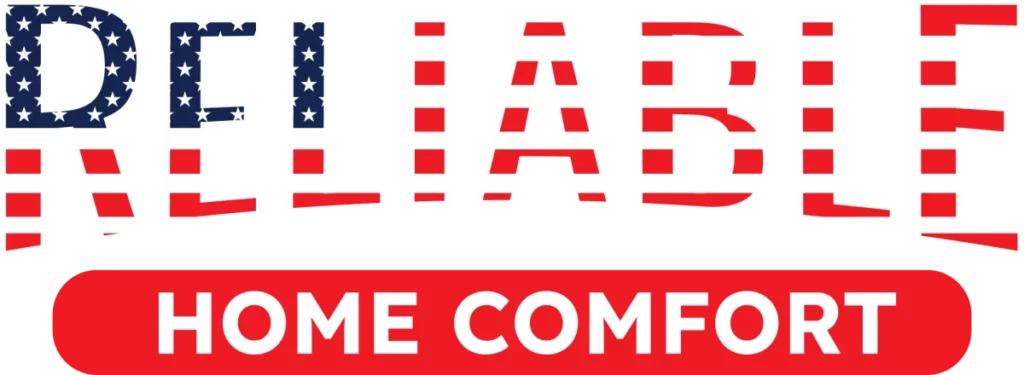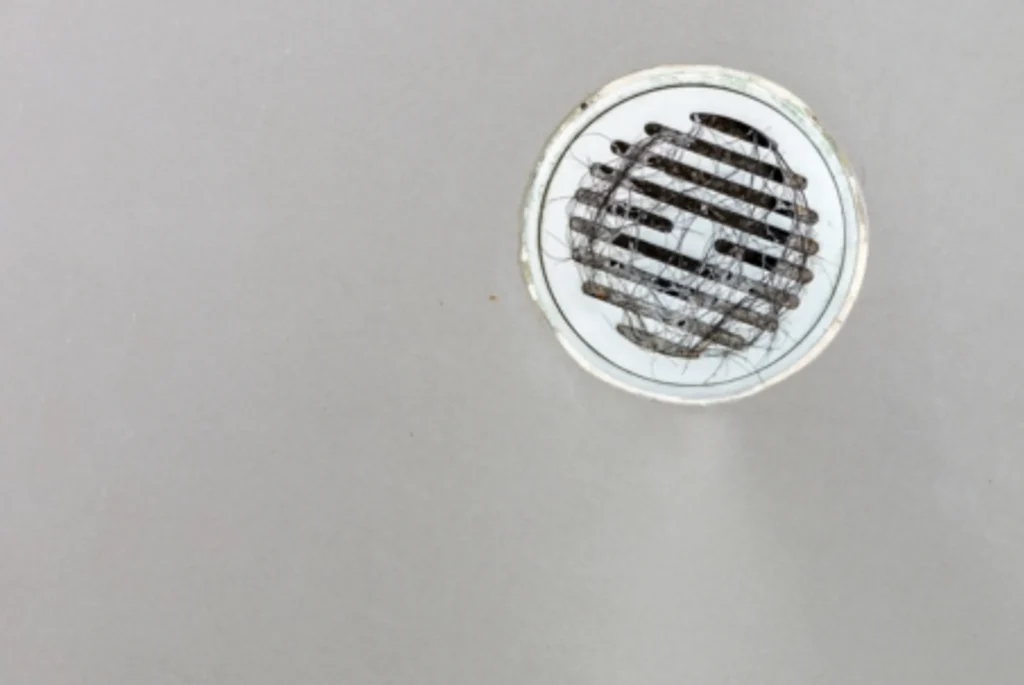It’s a common issue that plagues many households: a shower drain that doesn’t move water quickly enough. If you find yourself standing in a puddle every time you take a shower, you’re dealing with a clogged drain. Other symptoms can include water backing up or an unpleasant odor emanating from the drain. Such blockages are often caused by hair. Recognizing these early warnings can save you from more severe plumbing issues down the line.
If you have a clogged drain caused by hair, this article is for you. In it, we discuss how to fix and prevent this problem.
Causes of Hair Blockages in Drains
Hair blockages in shower drains are an inevitable nuisance. Hair naturally sheds when we bathe. Each day, a person can lose up to 100 strands of hair, many of which make their way down the shower drain. Over time, this hair can accumulate, intertwining with soap scum, conditioner, and other debris. This concoction can create a stubborn clog that disrupts water flow. The texture of hair in the drain, whether it’s long, curly, or fine, can influence the rate at which these blockages form.
Additionally, hair products can exacerbate the problem. Thick conditioners, hair masks, and styling products often contain ingredients that stick to hair and glue it to drain pipes, contributing to the clog.
Manual Hair Removal Techniques
Sometimes, the simplest tools are the most effective. When it comes to unclogging a hair-filled shower drain, you may be able to use a pair of gloves and manually extract the hair. For clogs just within sight, your fingers might suffice. For deeper blockages, a wire hanger bent into a hook might work.
You could also invest in drain tools designed to latch onto the hair and pull it out. These tools often have barbed or grooved edges. You insert them into the drain and twist them to capture and pull out blockages. This method is straightforward and doesn’t require any special skills.
When using any tools, be gentle. Rough use could damage the pipes. Aggressive poking and prodding can lead to more significant issues than a simple clog. If the blockage is stubborn or located further down the pipe, manual removal might not be possible, and you will need to consider other measures.
Chemical Drain Cleaners
Chemical drain cleaners can be highly effective for hair clogs. You simply pour them in, wait, and rinse away the problem. These cleaners are convenient, and many can dissolve hair and other organic matter.
However, chemical cleaners have many drawbacks. These harsh solutions can be detrimental to both the environment and your plumbing. Overuse can lead to pipe corrosion and leaks, and they can pose health risks from toxic fumes and skin burns.
For those concerned about environmental impact and safety, there are eco-friendly alternatives. These gentler options use enzymes or natural substances to break down clogs without harsh chemical side effects. They may take longer to work and require repeated applications, but they offer peace of mind for health- and eco-conscious individuals.
Plumbing Snakes
Plumbing snakes are excellent tools for tackling stubborn hair clogs. These flexible, long devices can navigate your pipe’s twists and turns, reaching clogs deep within the plumbing system. By inserting the snake into the drain and turning it, you can hook onto the clog and pull it out or break it up. Grinding the clog into smaller pieces makes the debris easier to flush. This method is especially useful when the clog is too deep to reach and too tough for chemical cleaners to dissolve.
Preventative Measures and Maintenance
One of the best prevention methods is keeping hair from accumulating in the first place. Drain protectors and hair catchers are simple, inexpensive devices that sit over the drain. They can catch hair before it enters the plumbing. They come in various designs, from metal mesh screens to silicone flower-shaped catchers, and they are easy to install and clean. By trapping hair on the surface, these devices allow water to flow freely while preventing clogs from forming.
When to Call a Plumber
You can solve many clogs using DIY methods, but sometimes, professional assistance is necessary. If you’ve tried multiple approaches and the water still isn’t draining properly, it’s time to call a plumber. Persistent clogs indicate a deeper issue within your plumbing system. Professionals use specialized tools and training to tackle these problems.
Clogs can do more than just slow or block your water. They can also force water to back up and leak out of pipes. If you notice water damage, such as staining on the ceiling below the bathroom or peeling paint, you need professional help.
Clogs can also lead to a sewage backup. In this situation, you definitely need a plumber’s help. Backed-up sewage is highly unpleasant, and it is a health hazard that needs immediate attention. A professional plumber can diagnose the problem and ensure that it’s resolved effectively, and they can provide advice on preventing future clogs.
When in doubt, it’s always better to err on the side of caution and consult with a professional to protect your home and plumbing system.
If you are dealing with stubborn clogs or other plumbing issues, Reliable Home Comfort is there to help. For a free estimate on plumbing services, call our office at (562) 543-5987, or contact us online.


